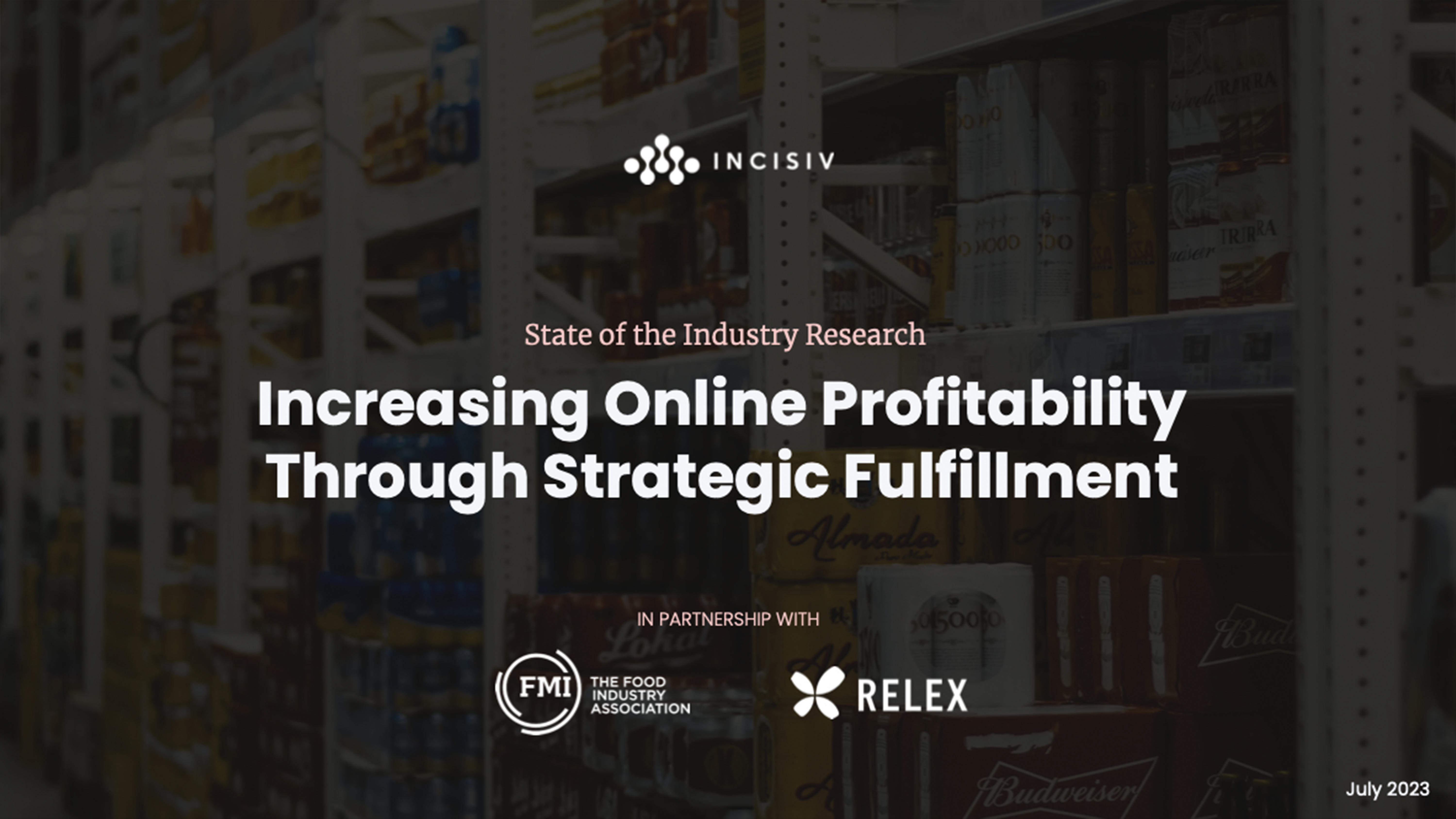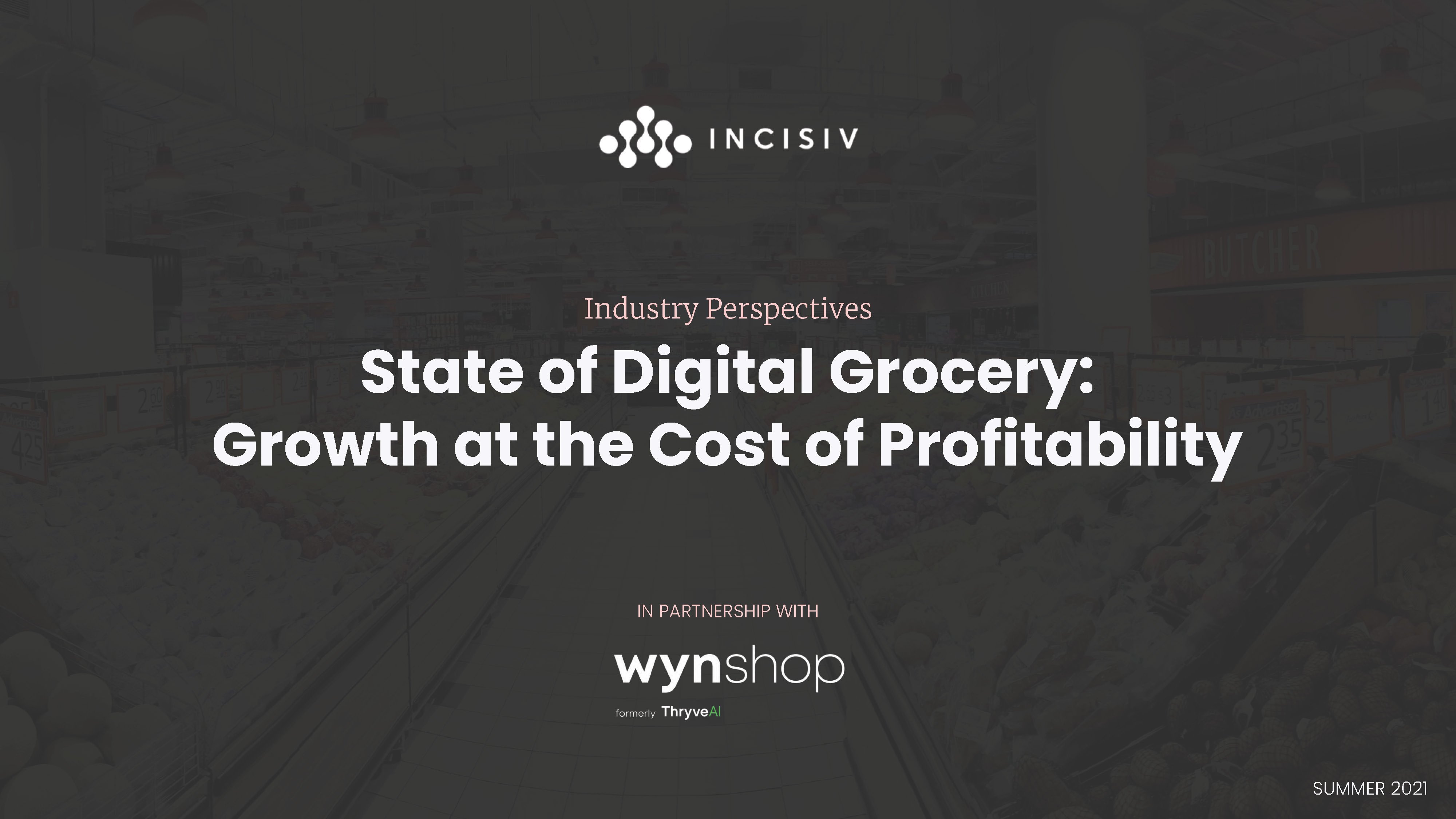Walmart E-Commerce Strategy 2025: How the Superstore Made Online Grocery Profitable
.png)
At a Glance
- Walmart’s U.S. e-commerce now drives one-fifth of sales and turned positive in Q1 FY 26
- 4,600 superstores act as same-day hubs, reaching 93% of households and slashing last-mile cost per order
- <3-hour “Express” windows adopted by 30% of shoppers add fees and lift baskets (+25% after the 4th order)
- 160,000 seller marketplaces feed Walmart Connect ad revenue (+31% YoY), offsetting fulfillment costs
- Four next-gen FCs already halve handling labor; half of FC volume is automated, cutting unit cost by 20%
In Q1 FY 2026 Walmart confirmed its U.S. digital business is profitable and accounts for roughly one in every five dollars it rings up at home. The retailer just crossed the psychological 20% online penetration mark in its U.S. segment, a feat CEO Doug McMillon credits to “low prices, a growing assortment, and an eCommerce business driven by faster delivery times”. For a company originating from America's traditional retail core, achieving this 20% online threshold profitably is a significant development for grocery executives who continue to experience financial losses from their online ventures.
For competitors still wrestling with negative digital margins, the milestone is proof that scale, density and a dash of retail media margin can turn grocery e-commerce into black ink.
Route Density Before Anything Else
CFO John Rainey put it simply on the latest earnings call: “Delivering to five houses on a street instead of one spreads cost over more volume.” Walmart did just that. By turning 4600 U.S. superstores into same-day nodes, the retailer now reaches 93% of U.S. households with <24-hour delivery and promises 95% by December 2025. Every extra drop per route lowers cost per package, bending a curve Amazon still struggles to flatten outside its coastal metros.
Incisiv Validation: our 2023 paper Increasing Online Profitability Through Strategic Fulfillment warned that 69% of all grocery trips were already digitally influenced while the channel carried negative margin. We pinpointed route density as lever #1. Walmart pulled it first.
Charge for Urgency, Not for Shipping
Once Walmart could physically reach nearly every doorstep in a day, it monetized speed. Enter the <3-hour “Express” windows, now chosen by 30% of U.S. online buyers. Management says baskets increase by +12% after the first Express order and +25% after the fourth. Shoppers bankroll their impatience; gross margin breathes again. Incisiv’s 2023 study Increasing Online Profitability Through Strategic Fulfillment showed 86% of grocers were dissatisfied with digital profitability and 89% saw end-to-end fulfillment as the biggest lever to fix it.
Basket lift + fee revenue transforms a cost center into a margin driver.
Marketplace Mix & Retail Media Margin
The U.S. marketplace hosts roughly 160,000 sellers and fuels Walmart Connect ads. In Q4 FY 25, retail-media sales jumped 24%; in Q1 FY 26 they climbed 31% (ex-VIZIO).
Marketplace GMV has grown >30% year-over-year for four straight quarters. Sellers, in turn, fuel Walmart Connect ad spending: When the ads run, paid Express fees turn pure profit, and the grocery price gap stays intact.
High-margin ad dollars now cover a growing slice of fulfillment expense, precisely what our State of Digital Grocery: Growth at the Cost of Profitability predicted would happen industry wide by 2025.
Automate to Drop Unit Cost
CEO John Furner told analysts that Walmart already has four next-generation fulfillment centers live, with another “getting close,” and approximately half of total FC volume automated.
Incisiv/Wynshop’s 2021 study forecasted that micro-fulfillment will handle 3.6% of grocery e-orders by 2025, a projection Walmart appears poised to exceed.
Four next-generation U.S. fulfillment centers—Joliet IL, Lancaster TX, McCordsville IN, and Pedricktown NJ now handle a rising share of coastal volume.
Autonomous shuttle aisles, AI bin sequencing, and mezzanines stacked three stories high double throughput per building and cut unit handling cost ≈20%.
Rainey expects “more than 2× the benefit” when automation covers the majority of inbound volume. In-store pickers need fewer miles to walk; inventory lands exactly where Express vans need it.
Scorecard Walmart E-Commerce Growth Statistics 2025
.jpg)
CFO Rainey calls FY 26 Q1 “a pretty momentous quarter” because e-commerce turned profitable and now drives “three-quarters of U.S. growth".
Why This Matters to Grocery Executives
Legacy Tech Can’t Keep Pace
Incisiv found 77% of grocers say legacy systems block agility; Walmart rebuilt fulfillment tech in-house.
Data = Dollars
68% of grocers lack meaningful analytics; Walmart Connect monetizes every pixel.
Paid speed funds Innovation
Express shows shoppers will bankroll convenience if density is high enough.
Automation isn’t Optional
Half the FC network is automated; ROI rose to 15.5 % in FY 25 Rainey expects benefits to “be more than 2x” as penetration grows.
Looking Ahead
McMillon says the goal is to “keep improving operating margins as we invest to serve customers even better”. Expect the next focus to be omnichannel personalization.
Why U.S. Grocers Must Pay Attention
- Meter Your Same-Day Promise – Open ZIP codes sequentially until route density >3 drops/hour.
- Price Urgency, Not Shipping – Add a $5-$8 Express tier; bundle next-day inside loyalty.
- Sell the Shelf Twice – Launch sponsored listings now; CTV or streaming tie-ins within 12 months.
Incisiv Foresight: In 2023, we found 77% of grocers blamed legacy tech and 68% blamed weak data for profit woes. Walmart replaced both and the scoreboard shows it.
Executive Takeaway
Walmart executed a loop: Density → Paid Speed → High-margin ads → Automated ops.
Ready to turn insights into profit? Email Research Team or reach me directly at neha.ghai@incisiv.com. Let’s build your 2025 digital roadmap before your shoppers do.


.png)






.png)
.png)


.png)


